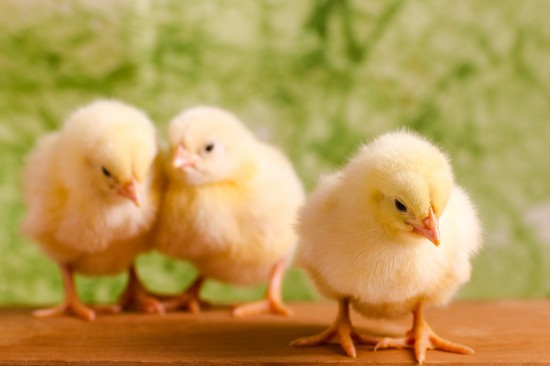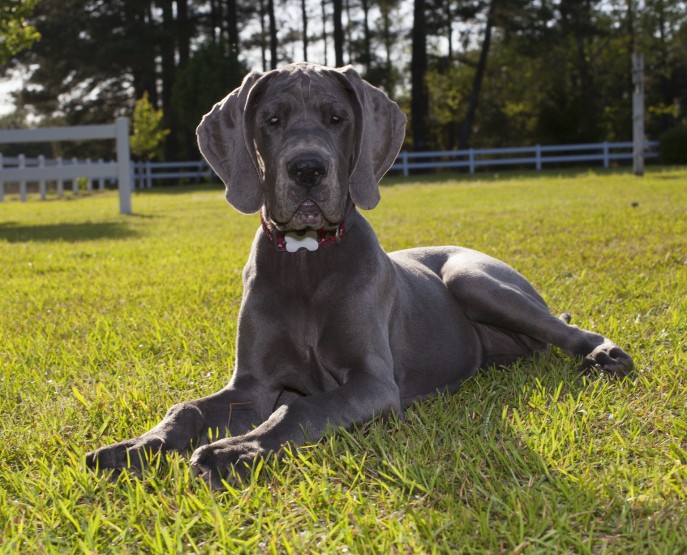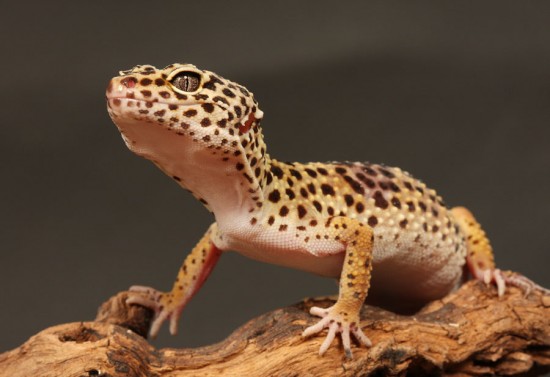DogBarkings.comDESCRIPTIONThe Lhasa Apso is identifiable by its long coat that reaches all the way to the floor.?The coat is heavy and double-coated, draping over the whole body and coming in the fol...
DogBarkings.com
DESCRIPTION
The Lhasa Apso is identifiable by its long coat that reaches all the way to the floor.?The coat is heavy and double-coated, draping over the whole body and coming in the following colors: Gold, cream and honey (the most popular colors), however they also come in smoke, dark-grizzle, slate and a multi-color assortment of brown, white and black.?The color of the Lhasa Apso can change as it grows and matures.?Some have likened their appearance to a miniature version of the Old English sheepdog.?The coat itself, has a hard. heavy texture and feel, without silkiness.?The hair cascades over the body as well as the apple shaped head, finishing over its eyes.?Lhasa Apsos have dark a dark beard and moustache, with a medium length muzzle, without squaring.?The ears are feathered heavily and pendant in shape, whilst the eyes are deep set, dark brown in color and large (but not overly so).?They have a longer body than they are tall, with strong loins and well developed thighs.?Forequarters are straight and both forelegs and hind legs are covered with hair.?They have cat-like feet with thick pads and a tail that is well feathered and carried in a screw like fashion over the back.
TEMPERAMENT
Their slightly ostentatious look, hides a hardy dog, full of character.?The Lhasa Apso is an assertive and intelligent breed, with a friendly and lively disposition, displaying a lot of affection for its masters.?They can be trained to a high obedience level, however unfortunately, due to their size, many owners neglect obedience training and do not reinforce their position as pack leaders, as a result this breed is susceptible to 磗mall dog syndrome.礌 This can lead to a variety of unwanted and negative behaviors.?Having said this, if this dog is made aware of its place in the 磃amily pack?and owners display alpha dog traits, they should make wonderful little pets.?When training a Lhasa Apso, motivational and positive reinforcement methods achieve the best results?The Lhasa Apso is a vocal dog, with a keen sense of hearing and so can make a good watchdog.?
HEIGHT: Dogs 25-28cm (10-11 inches), Bitches 22-25cm (9-10 inches)
WEIGHT: 5.9-6.8kg (13-15lbs)
HEALTH
Lhasa Apsos can suffer from skin conditions if parasites are not removed from the thick, long coat and some dogs may suffer from hip dysplasia.?More rare issues include eye problems, kidney issues and bleeding ulcers.
LIVING CONDITIONS
These dogs will do fine in an apartment, they are very active indoors, however their small size means that they will not require too much room to run about in and will not require a back garden or yard.
EXERCISE
A brisk daily walk is needed to keep this breed fit, both physically and mentally.?Although these dogs are very active indoors and play a lot, whilst this will burn some of their energy, it is important to understand that walking outside and not simply playing is an inherent need of all dogs.?It fulfills and instinctive requirement and can go a long way to help reduce unwanted behavior issues.
LIFE EXPECTANCY: Average 15 years, however many have been known to survive to 18 years
LITTER SIZE: Average of 4 puppies
GROOMING
The Lhasa Apso磗 coat is parted along the spine and falls straight on either side.?It doesn磘 require stripping or trimming, however daily brushing is required when they are in full coat, avoiding matting.?Cutting the coat shorter can reduce the grooming requirements.?Dry shampoo when necessary.?Feet, ears and eyes should be checked and cleaned regularly.?Lhasa Apsos are average shedders.
HISTORY
The Lhasa Apso is native to Tibet where its name is Abso Seng Kye, which translates as 揃ark Lion Sentinel Dog.敔 It finds its home in the region surrounding the sacred city of Lhasa.?Its keen hearing and vocal bark, where used as a second means of defense against intruders.?They were able to distinguish between friends and foe with astonishing accuracy and it was this perfected ability that lead to the breeding of Lhasa Apsos for almost 2000 years by Tibetan monks and nobles.?So revered were these little dogs that it was considered the vessel by which an owners soul was carried upon his or her death.?The first export of the Lhasa Apso came as a gift from the Dalai Lama and for many years it was close to impossible to purchase this breed, despite its fabled bringing of good luck.?The Lhasa Apso arrived on British shores in the 1920磗 and in America in the 1930磗.?Suydam Cutting,a naturalist and traveler is considered the man solely responsible for the breeds popularity in the United States.?The Lhasa Apso was originally considered a terrier breed (1935), however it was reclassified in 1959 as part of the Non-Sporting Group.?The breed is now the most popular Tibetan breed in the United States and the United Kingdom.牋?

 How To Raise Healthy Chicks
How To Raise Heal
How To Raise Healthy Chicks
How To Raise Heal
 How To Decide Upon A Puppy Food For Large And Giant Breeds Of Dog
How To Decide Upo
How To Decide Upon A Puppy Food For Large And Giant Breeds Of Dog
How To Decide Upo
 5 Brilliant Places To Spend A Weekend Away With Your Dog
5 Brilliant Place
5 Brilliant Places To Spend A Weekend Away With Your Dog
5 Brilliant Place
 Introduction To Keeping Leopard Geckos
Introduction To K
Introduction To Keeping Leopard Geckos
Introduction To K
 Why Organic Foods are Good for Health of Dogs?
Why Organic Foods are Good for Health of Dogs?
Why Organic Foods are Good for Health of Dogs?
Why Organic Foods are Good for Health of Dogs?